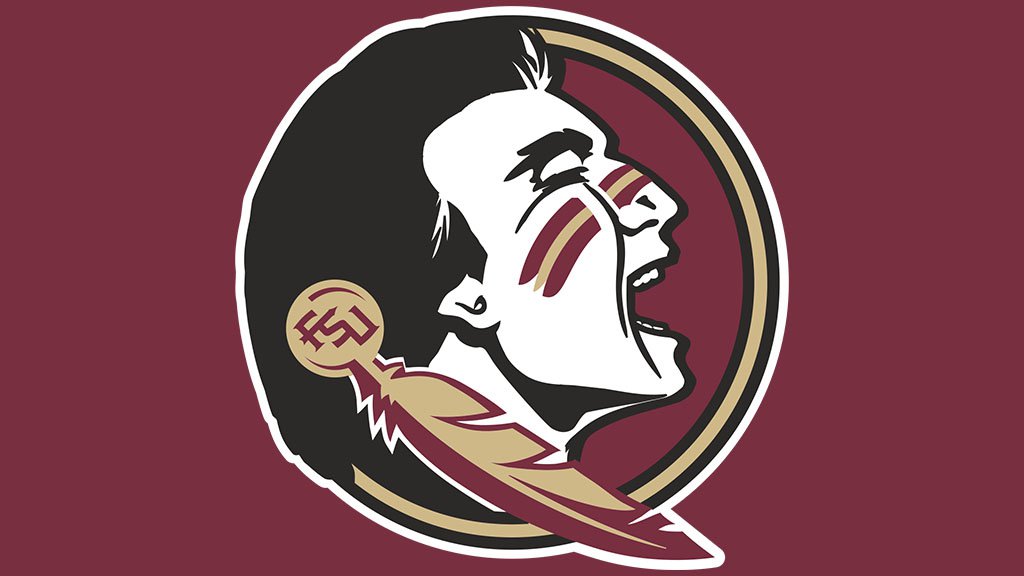Post by Uncle on Nov 8, 2023 18:14:20 GMT -6
- Primarily based on the games I've watched of them over the course of their entire career (not just 2023); that's why I give my notes of what I watched each week
- Statistics
- Arm strength, pocket awareness, progressions/reading defenses pre/post snap, etc.
- Mobility
- Ability to adapt to the NFL (ie, I can't envision too many teams wanting Joe Milton III's skillset)
I update the statistics on a spreadsheet for the 2023 season and share them here so everyone can get a glimpse of the current season's stats in one place without having to look up each, individual QB. But if you notice in my write-ups, I don't just comment on the stats when I move a player up or down, but knowledge on previous season's games I've watched. That's why I've been down on Quinn Ewers, Sam Hartman & Tyler Van Dyke from the start of the 2023 season - because I didn't like what I've seen previously from them entering 2023.
I am working on an article where I'm attempting to try and pinpoint what statistics might matter the most for projecting success to the NFL from College QB prospects. I'm working with QB's drafted in the early rounds (1-3) from the past 5 Drafts and tracking their stats so far in the NFL to see how certain College stats hold-up in the NFL. The basis for the idea was an idea from Funkytown on tracking the stats of recently drafted QB's, as well as this article - link. In that article, the author took the time to try and correlate which statistics matter the most when projecting QB success in the NFL and landed on the following statistical factors:
- COMP %
- INT % (INT / ATT)
- Draft Age (younger QB's tend to have a better outlook than older ones)
- Weight (QB's that weighed less, or have a lower BMI, tended to perform better in NFL)
I put together a few quick tables of statistics below on the Top 8 QB's who have a shot at being drafted in Round 1 in 2024 to see how they stacked up. I threw in another statistical measure - Avg Strength of Schedule for the past 2 seasons - just because it's easy to pile up stats vs a bunch of "cupcake" teams.
The first table includes the relevant QB stats over the past 2 seasons - 2022 and 2023. I did want to throw in their careers, but since Nix, Penix, Daniels & Sanders transferred, I decided to just throw in the last 2 seasons for apples-to-apples comparisons in terms of # of games played and with the same team. In Shedeur's case, I did use his 2022 stats from Jackson St. The yellow-highlighted columns are the one's the rankings are based on with COMP %, INT %, Draft Age and Strength of Schedule weighted higher and BMI weighted a bit lower:

Takeaways:
- Interesting that Caleb Williams and Drake Maye are in the bottom half of the table; this is due to having lower COMP % and in Maye's case, a higher INT % and lower Strength of Schedule over the past 2 years - the non-Conference schedule UNC had was weak compared to the rest of the QB's. Both Williams and Maye also have a bit of a higher BMI compared to the other QB's and while that doesn't factor in as much as the other stats, it's still worth pointing out.
- Daniels has had to face the 3rd toughest schedule over the last 2 seasons (to date) and has the 2nd highest COMP% and tied for the lowest INT %, so you can see why he's ranked 1st here.
- The things that hurt Penix compared to the other QB's in these stats is his age, "moderate" Strength of Schedule and his INT %; he's thrown more INT's (15) than anyone else in the same # of games.
- McCarthy is helped by his age (youngest on the list) and strong COMP %. The Schedule Strength will only increase as he faces-off against Penn St & Ohio St - he just needs to continue to play well in those games to keep up there.
The other list is the same statistics, but this time I only included games vs ranked teams over the past 2 years:

Takeaways:
- Daniels is still #1 overall here and he maintains good COMP/INT %'s vs the tougher teams.
- Nix has faced a tougher schedule with 9 ranked teams so far over the last 2 yrs (the most of any QB on the list) and still has a COMP % north of 70%
- Caleb Williams moves up to 4th over McCarthy because JJ didn't have good stats vs Ohio St/Penn St last season (TCU game was good) and he hasn't faced any ranked teams so far in 2023, and while Williams is just 2-6 vs ranked teams, his COMP/INT % are better than McCarthy's.
- Drake Maye has only played 3 ranked teams the past 2 seasons (only 1 in 2023 - Miami, who isn't ranked anymore) and his COMP % is the lowest of any of the QB's. I was hesitant to put Maye QB2 on my current 2024 QB Watch list because of what I saw in 2022, but I've come around on him in 2023 as the season has gone on and re-watching some 2022 games (like the Holiday Bowl game vs Oregon & Bo Nix where I initially thought Nix outplayed him, but after rewatching I realize Maye really did outplay Nix, he just didn't have the better supporting cast around him).
Conclusion
There are many other factors than just raw statistics that go into projecting QB NFL success, one of which is scheme fit and the coaching received on the NFL team. I mentioned in another thread that CJ Stroud was a bit higher on these statistical measures than Bryce Young coming out in 2023, but I think one reason why Stroud is having a bit more early success than Young is that he landed in a better "fit" for his skill level (Texan's OC runs Shanahan's motion West Coast style offense which fits Stroud well), while Young landed in a bit more of a "chaotic" situation on Carolina where the HC/OC clashed on offensive schemes and the HC even transitioned offensive play-calling to the OC midway through the 1st half of the season.
Another reason why raw stats aren't everything is how those stats were generated. Daniels plays in a bit more of a "spread" offense at LSU and Nix plays in a "structured" offense in Oregon, whereas Drake Maye plays in a more pro-style offense at UNC. While Daniels & Nix might rack up more raw stats than Maye, their "games" might not translate quite as well at the pro level, either.
So while there's never going to be one set of all-encompassing statistics that can successfully project future success in the NFL (with some things we just don't know), I think it is possible to make reasonable assumptions based on the data that we do know...and that's watching the games and comparing notes and stats, which is what this thread is all about...



















 (but it woulda been prime time if USC hadn't been losing).
(but it woulda been prime time if USC hadn't been losing).


 ... and neither is this Chris guy.
... and neither is this Chris guy.